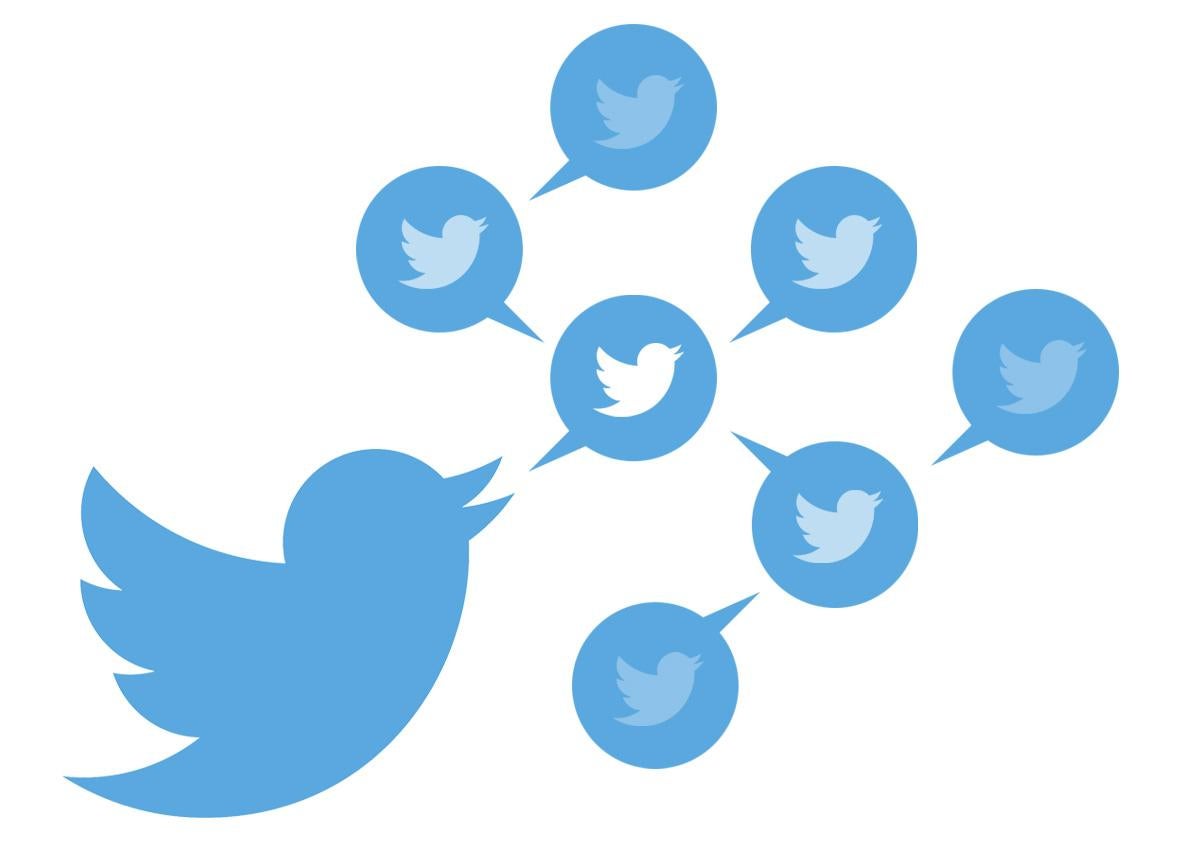Back in the olden times of the mid-to-late 20th century, children in schools and summer camps used to gather in a circle and play a game called telephone. The rules were simple: One kid came up with a phrase and whispered it to the next person in the circle, then that kid whispered it to the next, continuing on until a completely jumbled version of the phrase emerged from the last kid’s mouth. It was almost guaranteed that the sentence would be at the very least inverted, if not completely and utterly unrecognizable. And it always ended with the child who started the game saying, “That’s not what I said!”
In 2016, we don’t play telephone. We subtweet.
Six months after Twitter attempted to trademark the word subtweet, the digital security company McAfee published a blog post titled “Does Your Teen Recognize the Cruelty of Subtweeting?” that described subtweeting as “one of the most stealth and (dare we say?) ‘socially acceptable’ ways to cyber bully.” That same week, the Washington Post published a story positing that people who subtweet are terrible. And let’s not forget that the NCAA literally decided that coaches can’t subtweet after it was discovered that some coaches were using it “as a way to mention or endorse recruits without violating NCAA rules.”
If this doesn’t mean anything to you, here’s a quick primer in subtweeting.
On the most basic level, a tweet is either your own (“Donald Trump is a Cheeto!”) or a response to someone else’s tweet (“@realDonaldTrump you’re a cheeto!”) When you tweet a response, you’re @-ing someone, and they get a notification or will see it in their Twitter feed. So if you don’t include their name, but you’re responding to something they’ve said (“Donald Trump is a Cheeto”) you’re removing the correlation between their tweet and yours and ‘subtweeting’ them. As a result, subtweeting almost always has a negative connotation. It’s the virtual equivalent of talking behind someone’s back.
Over time, however, the definition of subtweeting has broadened to encompass a whole swath of offline behavior, addressing actions others have taken offline and online without directly naming the person responsible. It’s not just relegated to the normal teens-and-tweens crowd, either. Celebrities dish it out, politicians throw shade, and sports teams don’t hold back. Subtweeting now encompasses an entire lexicon of inherent blame that lacks a pointed finger.
All that being said, the most complicated part of a subtweet is the motivation behind it. As a tweet is public, there’s always a chance that the subject of the smack talk will see what you’ve said about them or read deeply into something you’ve said about someone else and think it’s about themselves. You can’t control how that person reads the tweet, so that’s where the telephone game comes into play: Unless you outwardly direct what you’re saying at a specific person, there’s a very high risk that the tweet will be misinterpreted or elicit an explicit “that’s not what I said!” The more convoluted and passive aggressive your message is, the less clarity there is in interpreting the intended target.
And truthfully, sometimes an accidental subtweet can be just as bad—some of the most banal tweets can have the most frustrating consequences. Sure, you can read up on how to subtweet well, or how to avoid subtweeting, but just because you know who you are talking about (or who you’re not talking about, for that matter) doesn’t mean that everyone else does. And it certainly doesn’t mean that everyone knows how to read a subtweet well.
The good news is that not everyone gets as much engagement on their smacktalk as LeBron James does, and therefore the likelihood of your tweet reaching its intended target isn’t terribly high:
That being said, people have adapted and put feelers out for potential negative critique:
Or, quite straightforwardly, just acknowledged the presence of the subtweet:
Ultimately, Twitter is a place where everything is said and nothing is held back, and the more drama you can bring to yourself, the more followers and favorites you acquire. In this context, it’s easy to see how a scorned lover or angry co-worker would find some relief in expressing their deepest darkest frustration without a verbal confrontation. But it also creates a culture not dissimilar to the 24-hour news cycle and pushes people to parade the darkest side of themselves in order to garner approval from others. And it simultaneously creates a subset of people who are perpetually afraid that what they’re reading is about them.
It’s also worth mentioning that people who subtweet have a tendency to come off as pretty gross and petty. The Washington Post details a study that suggests that those who confront their problems head-on in a tweet that references someone directly have a lot more favorability among their peers. In contrast, those who don’t engage on a confrontational basis are looked at unfavorably. But it’s worth mentioning that overall it was clear that people didn’t always understand what was happening in the tweets that they were reading, and some of the negativity stemmed from the implication that it’s rude to be purposefully obtuse.
Truthfully, the more you subtweet, the more you actually become part of that disgusting grind of human unhappiness and inability to face overarching issues. And the more you might have to work on your attitude:
There is good news, though. There’s an easy solution to all this strife: You could stop subtweeting. And who knows, maybe that’s a subtweet right there.
